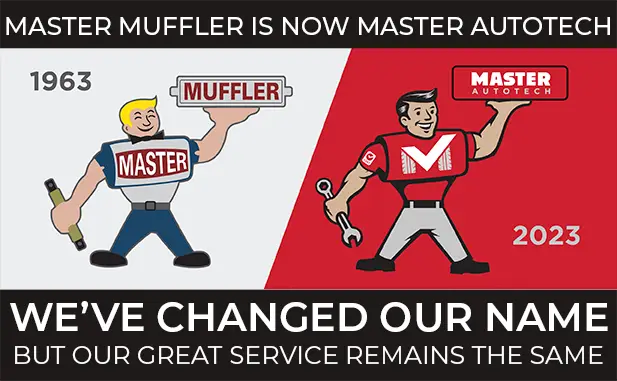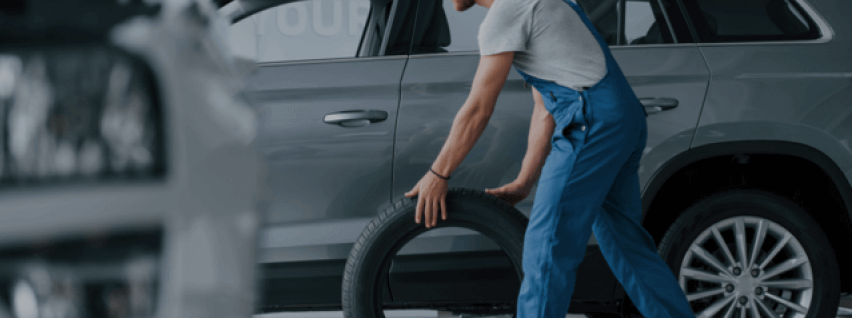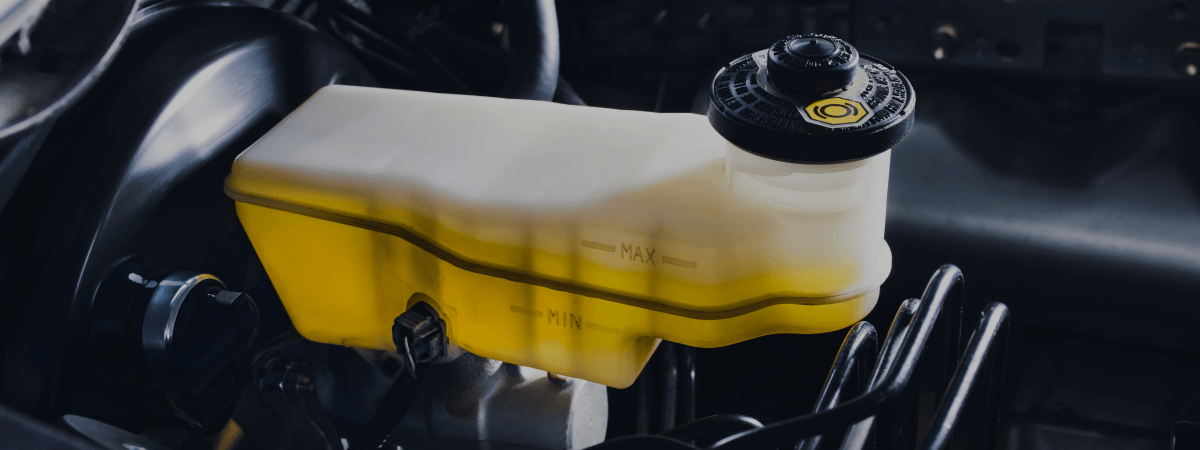
It’s the worst feeling when you’re driving and suddenly your car starts to wobble. You pull over to the side of the road and realize that you have a flat tire. Flat tires can happen for a variety of reasons, but most of them are preventable. In this blog post, we will discuss the different things that can cause a flat tire and what you can do to prevent them.
Punctures
One of the most common causes of a flat tire is a puncture. Punctures can happen when you run over a sharp object, like a nail or a piece of glass. They can also happen if you hit a pothole. If you live in an area with a lot of construction, be extra careful of nails and other sharp objects that may be lying around. If you can’t avoid driving over a pothole, try to do it slowly so that you don’t cause too much damage.
Here is a list of common items that cause tire punctures:
- Nails
- Glass
- Metal shards
- Potholes
- Sharp rocks
If you have a puncture, you can try to patch it up. However, depending on the size of the puncture and the location, it may be more worthwhile to just replace the tire. If you’re not sure, you can always bring your car to a mechanic for an inspection.
Improper Tire Inflation
Another common cause of a flat tire is a tire that is not properly inflated. Tires need to be inflated to the proper pressure in order to work correctly. If your tires are underinflated, they will be more likely to get a flat. You can check the pressure of your tires with a tire pressure gauge. Most carmakers have a recommended tire pressure that you should follow.
While it’s less common, if you overinflate your tire, it can cause the tire to burst. This is especially dangerous if you are driving at high speeds. If you think that your tires might be overinflated, let some air out until they are at the proper pressure.
Driving on Worn Tires
Another reason for a flat tire is driving on worn tires. Tires are made of rubber, and over time they will start to wear down. If you drive on tires that are too worn, they can develop a hole or a tear. This can cause a slow leak or even a blowout.
It’s important to regularly check your tires for wear and tear. You can do this by looking at the tread depth. If the tread is less than 1/4 of an inch, it’s time to replace your tire.
We Can Help
If you get a flat tire, it is important to know what to do. If you have a spare tire, you can replace the flat tire with the spare. If you don’t have a spare, you can try to patch the hole in the tire. However, it is usually better to replace the tire than to try to patch it. You can bring your car to Master Muffler West Valley and we will be happy to help you with any of your tire needs.
Related Posts
Key Takeaways On average, passenger vehicle tires last 40,000 to 60,000 miles, depending on type, driving habits, and maintenance. Replace tires when tread depth reaches 2/32”, if damaged, or older than 10 years. Regular rotation, alignment, and proper inflation extend tire life. Aggressive driving, poor roads, and harsh weather shorten tire lifespan. Take advantage [...]
When you think about car maintenance, you probably focus on oil changes, tire rotations, and maybe even brake pad replacement. But what about your brake fluid? If you’ve ever wondered, “What does brake fluid do?” or “Why is brake fluid important?”, you’re not alone. Brake fluid might not be the most talked-about part of [...]
Is that high-pitched squeal from your brakes driving you—and everyone else—crazy? Don’t ignore it. Squeaky brakes aren’t just annoying, they’re your car’s way of saying something needs attention. Whether you're cruising through Salt Lake City or winding up Idaho’s mountain passes, here’s what’s likely going on, how you can fix it, and when it [...]





